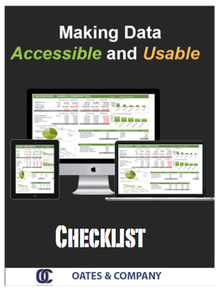Radio-frequency identification (RFID) is the use of radio frequencies to transfer data. The radio frequencies are then used to automatically identify people or objects. There is more than one way to do so, but the most widely used method is to store a person or object’s serial number on a microchip. The microchip is attached to an antenna – known as RFID transponder or an RFID tag – and the antenna enables the chip to transmit information to a reader. The reader reads the radio waves and sends them to a computer. Unlike bar codes, the RFID tags do not have to be in line of sight with the reader.
 RFID is not necessarily better than bar codes, however. Although their uses sometimes overlap, they are two different technologies. The biggest difference, as we mentioned, is the line-of-sight factor – a scanner has to see a bar code to read it, which involves people physically locating inventory and scanning it. Radio frequency identification, by contrast, doesn’t require line-of-sight. As long as a reader is in range – and readers have extremely long ranges – RFID tags can be read.
RFID is not necessarily better than bar codes, however. Although their uses sometimes overlap, they are two different technologies. The biggest difference, as we mentioned, is the line-of-sight factor – a scanner has to see a bar code to read it, which involves people physically locating inventory and scanning it. Radio frequency identification, by contrast, doesn’t require line-of-sight. As long as a reader is in range – and readers have extremely long ranges – RFID tags can be read.
Other shortcomings are associated with bar codes – ripped, soiled, and missing bar codes make items impossible to scan. In addition, standard bar codes are only able to identify the manufacturer and product rather than the unique item. The bar code on one milk carton is the same as the bar code on every other milk carton, making it impossible to know, for example, which carton will pass its expiration date first.
The first uses of radio frequency identification were less than noble. Originally used as an espionage tool for the Soviet Union, it was also used in World War II to identify aircraft and determine if it was friend or foe. It wasn’t patented, however, until 1973.
Currently, RFID tags can be used in any industry. They are attached to vehicles during production and then used to track the vehicles’ progress through the assembly line. Any type of merchandise can be tracked through a warehouse. RFID tags are even used on animate objects – livestock and pets can be fitted with RFID tags and then identified later for a variety of reasons. On off-shore oil and gas platforms, the personnel wear RFID tags as a safety measure; they are able to be located 24 hours a day and can be found quickly in an emergency.
However, because RFID tags can be attached to anything – clothing, electronics, vehicles, etc. – and can even be implanted into a person, their use has raised concerns about “Big Brother” and privacy.
The use of RFID technology in your business, however, is promising. Your inventory can be tracked throughout the warehouse, from its delivery to you through the process of it being prepared as a customer order. Then, after it leaves your facility, it can continue to be tracked. This will let you know if it encounters any delays during its route to your customer and will also offer verification of delivery.
At this point, it is unlikely that RFID with completely replace bar codes because bar codes are cheaper and more effective for certain tasks. RFID and bar codes will most likely co-exist for quite some time; implementing RFID technology in your business, however, is something to consider.



